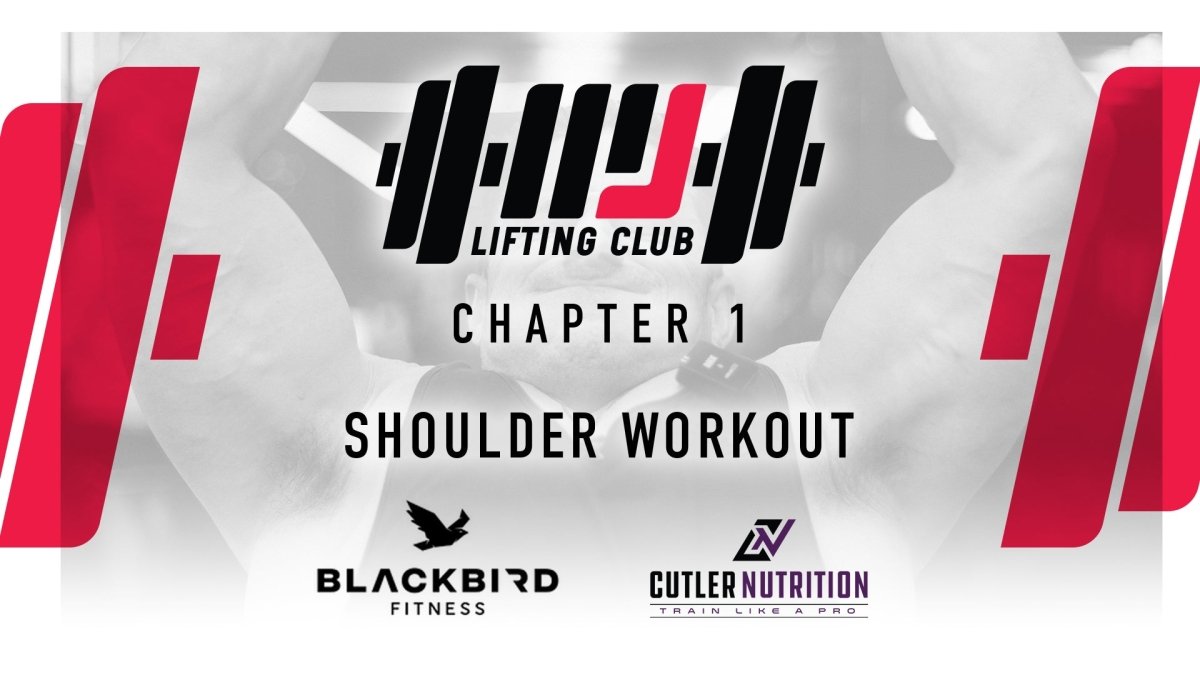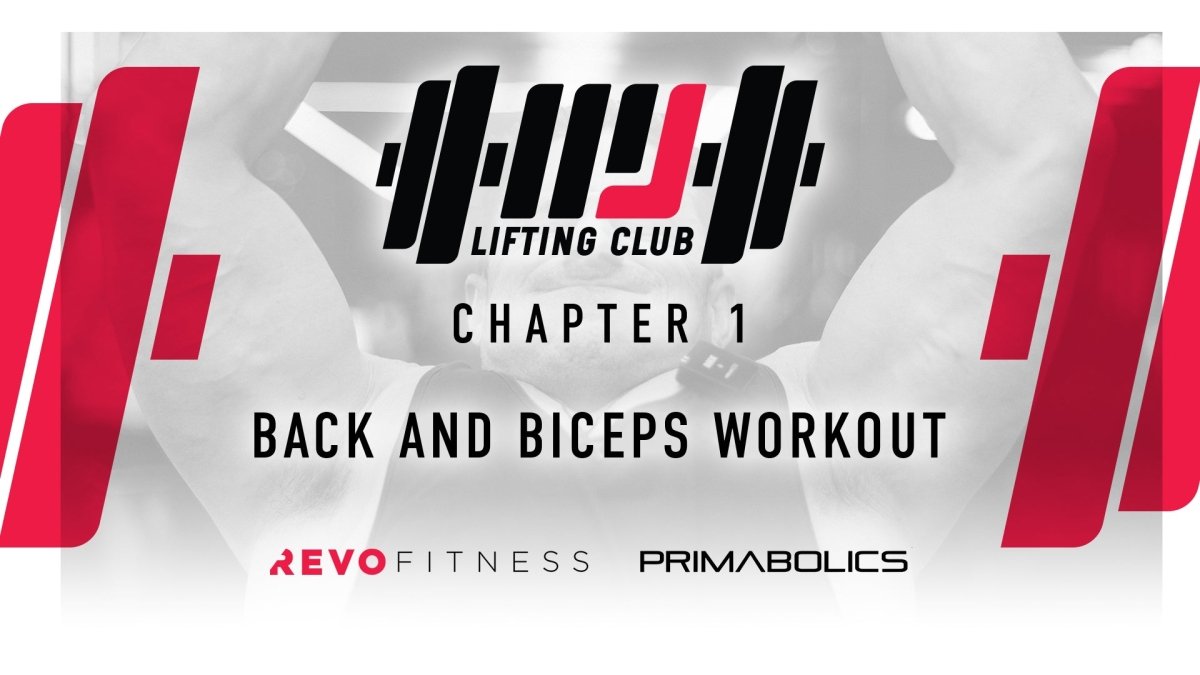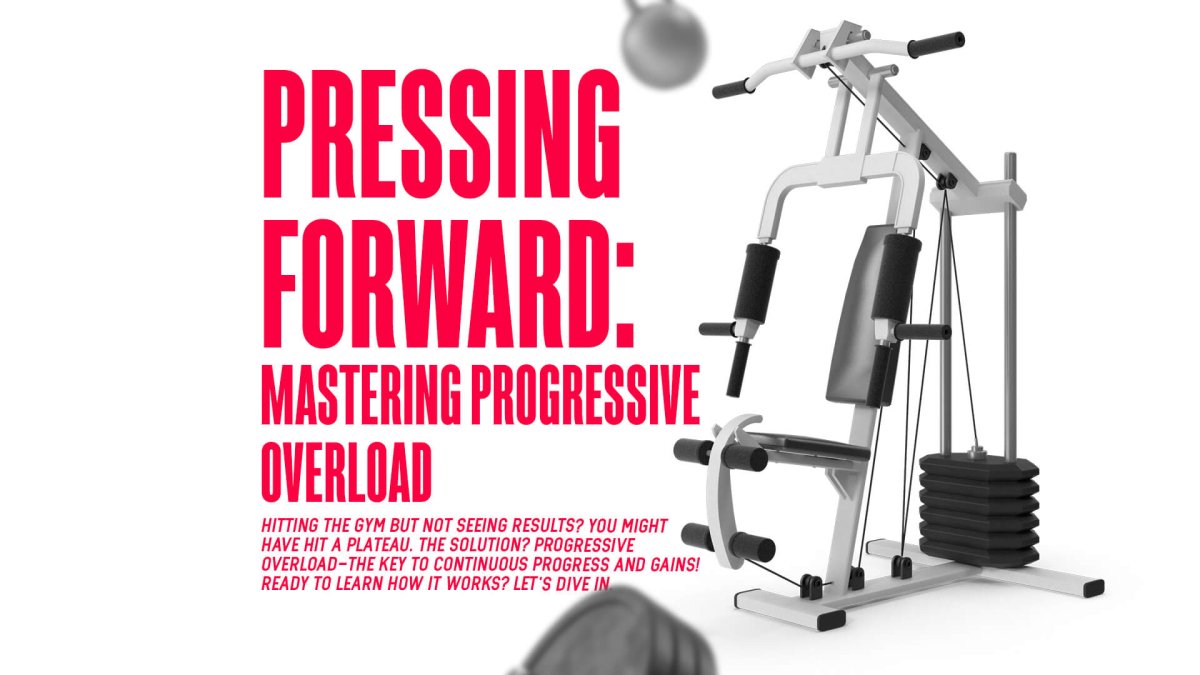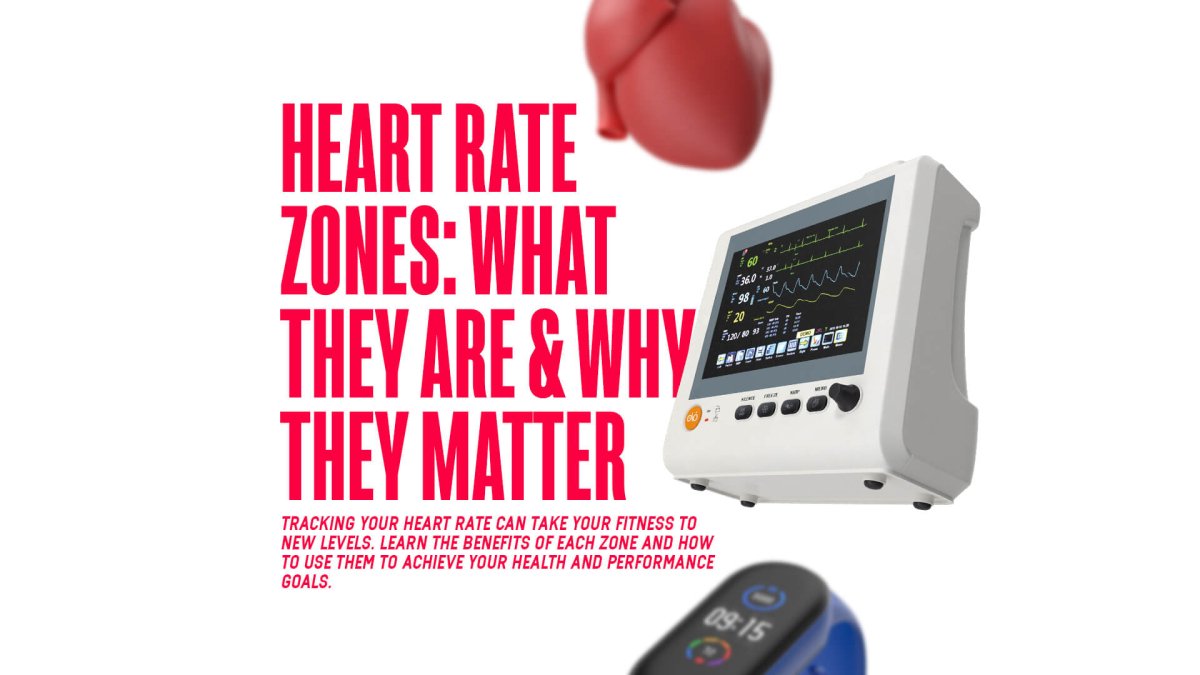There’s an intense amount of information out on the internet detailing different workout methods and splits, habitual training and eating habits to maximise your gains, and the odd workout program. But what is truly the way to go if you’re finding all this info a bit too much to comprehend? Is it focusing on your form and the way you lift, or how many reps you can squeeze into a set, or lifting as much as possible? Let’s have a look.
Correcting Your Form
Correct form in weight training is crucial for muscle growth as it ensures proper muscle activation, reduces the risk of injury, and enhances workout efficiency. By maintaining the right technique, you engage the target muscles effectively, optimize time under tension, and improve range of motion, all of which stimulate muscle growth. Additionally, correct form strengthens the mind-muscle connection and prevents compensating movements, ensuring that the right muscles are being worked. Overall, proper form leads to safer, more productive training, maximising muscle development.
Utilising Your Reps
Short rep sets with heavy weights primarily focus on building strength, power, and improving technique by recruiting fast-twitch muscle fibres and enhancing neurological adaptation. These sets help increase maximal strength and explosive power. On the other hand, long rep sets with lighter weights promote muscle hypertrophy by increasing time under tension, leading to muscle fatigue and growth. They also improve muscular endurance, enhance blood flow, and aid in recovery. By combining both short and long rep sets, you can target strength, endurance, and muscle growth for a balanced training approach.
Too Light Or Too Heavy?
Relative light weight sets improve muscular endurance, contribute to muscle hypertrophy, enhance muscle definition, and reduce injury risk, making them ideal for building stamina and promoting joint health. They are also beneficial for recovery workouts and people with joint concerns. On the other hand, heavy weight sets focus on building maximal strength, power, and neurological efficiency, helping increase muscle density and bone health. Combining both light and heavy weight sets in your training routine allows for a well-rounded approach that targets strength, endurance, hypertrophy, and overall muscle health.
Finding Harmony
When we take all of these points and apply them to specifically hypertrophy training in the gym, your workouts may follow a guide such as this;
Use 6-12 reps per set, focusing on moderate to heavy weights that challenge you while maintaining proper form. Slow down the lifting and lowering phases to maximise time under tension, and progressively increase the weight or reps to continue stimulating muscle growth. Always prioritise good form to ensure you’re effectively targeting the muscles and reducing the risk of injury.
In Conclusion
When applying information seen online to your workout plan, it’s important to remember your own personal goals, and whether or not that information is applicable to you specifically. In the details above, we had a hypertrophy based workout plan in mind, which means if your goal is strength, or aerobic endurance your guidelines will look different. That being said, regardless of what your goal is, it’s important to train and perform with purpose, you’re training safely and you're always trying to better yourself.






